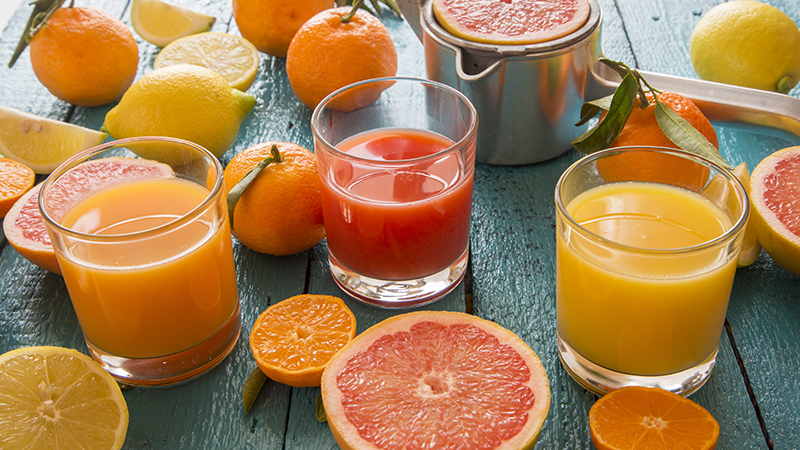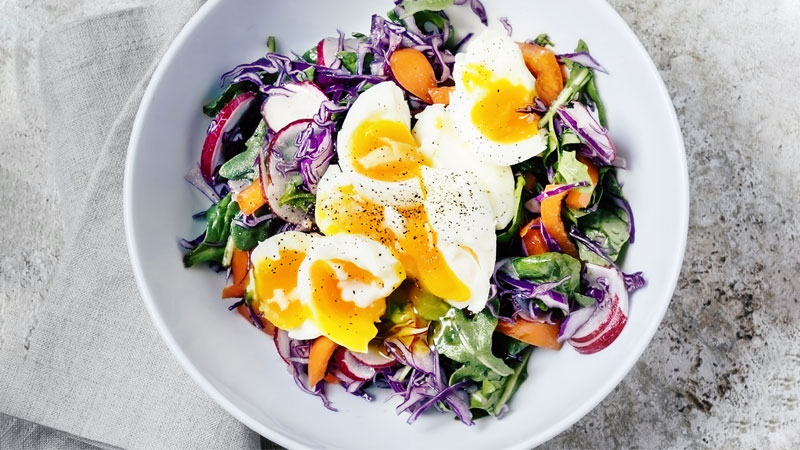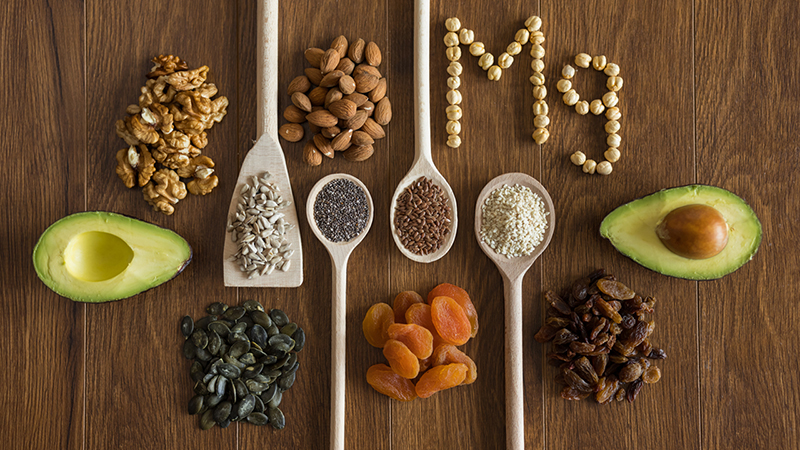How to Cut Back on Sugar
Why Less Sugar Means Better Health
What’s sweet, the star of every dessert table and possibly wreaking havoc on your health? Sugar. And over the past 30 years, Americans have been consuming it in epic proportions.
How epic? When it comes to added sugar (we’re talking white sugar, brown sugar, honey and high fructose corn syrup, not natural sugars found in fruit and milk), the American Heart Association recommends no more than 100 calories per day (that’s 6 teaspoons or 24 grams) for women, and 150 calories (9 teaspoons or 36 grams) for men. But the reality is, the average American consumes about 19.5 teaspoons (82 grams) of added sugar each day, which adds up to almost 66 pounds of added sugar each year. One person. 66 pounds of sugar. That’s three times the recommended amount.
All this extra added sugar takes a toll. Diets high in added sugar can increase the risk of diabetes, obesity, tooth decay, nonalcoholic liver disease, kidney disease, high blood pressure(which can lead to stroke), and even premature aging.
The best way to fight the sugar epidemic and lower your risk of disease is simple: consume less sugar. Here are a four important ways you can cut back.
1. Know What’s In Your Food
While food labels don’t separate natural sugar from added sugar, reading the list of ingredients can give you a good idea of what type of sugars are included. Added sugars include brown sugar, corn syrup, fruit juice concentrates, high-fructose corn syrup, honey, invert sugar, raw sugar, molasses, malt sugar, syrup, and all sugar molecules ending in “ose” like dextrose, fructose, glucose, lactose, maltose and sucrose. Naturally occurring sugars can be found in products that contain milk (such as yogurt or cheese) or fruit (fresh or dried).
A good rule of thumb to remember while shopping is that four grams of sugar equal one teaspoon. If you’re trying to stick to the 6 to 9 teaspoons recommendation, this trick can help you decide which foods to enjoy, and which to avoid.
2. Kill Your Liquid Sugar Habit
Soda. Pop. Whatever you call it, stop drinking it right now. A single serving of a non-diet soda contains 9 teaspoons (38 grams) of added sugar. That’s almost twice as much as a person is supposed to consume in an entire day.
At 36 percent, liquid sugar represents the leading source of added sugar in the American diet, and there’s growing evidence that it’s the most dangerous. Liquid sugar – also found in juice, energy drinks, coffee drinks, etc. – is considered dangerous because your body processes it differently than other types of sugar.
For example, when you eat a piece of fruit, you might be eating 18 grams of natural sugar, but you’re also getting fiber. It takes your body a long time to digest that fiber, making the fruit (and the sugar that comes with it) a sustained source of energy.
Liquid sugar, on the other hand, comes with zero fiber, so it’s quickly released into the bloodstream, giving your body a bigger, faster dose of sugar than it can handle. If your body is consistently dealing with this type of sugar overload day in and day out, it might mean an increased risk of liver disease, heart disease and diabetes.
Replace soda with water, naturally flavored water, carbonated seltzer water or unsweetened tea. It might take a couple days, or even weeks to successfully kick a soda habit, but your liver, kidneys and heart agree it’s worth it.
3. Learn Creative Sweetening Techniques
When you start consuming less sugar, you might be surprised at how your palate changes. Your cravings for sugary sweetness will wane, making way for you to enjoy more natural flavors. Purchase products that are labeled unsweetened or no added sugar. Unsweetened products like whole-wheat cereal, oatmeal and Greek yogurt can provide great opportunities for healthy, creative sweetening – think a spoonful of fruit or a drizzle of honey. This keeps you 100 percent in control of the amount of sugar you’re eating, and often adds fiber and protein to a meal that would otherwise have less. Just try to stay away from artificial sweeteners. There’s a long history of debate regarding which artificial sweeteners are acceptable or dangerous. The best route to take is to sweeten foods naturally. Here are a couple ideas:
- Stir in some cinnamon, bananas slices and a drizzle of natural peanut butter into plain oatmeal.
- Mix plain Greek yogurt with berries, nuts and a spoon of natural honey.
- Add a single teaspoon of sugar to your unsweetened, whole-wheat breakfast cereal and top with fresh fruit. Yes, it’s sugar, but you’re completely in control of the amount.
4. Cook From Scratch
It’s easy to think of sugar in cakes, frosting, Oreos, soda and candy, but did you know there is a ton of added sugar in processed foods like white bread, tomato sauce, salad dressing and granola bars? The more foods you make from scratch, the more control you have over the amount of sugar you’re consuming.
While you aren’t expected to bake every loaf of bread yourself, it definitely pays to be aware of how much sugar is hidden in everyday foods. Figure out the foods that matter most and make a lower-sugar version from scratch. Take tomato sauce, for example. You could make your own healthier version by substituting grated carrots for sugar. And adding unsweetened applesauce to your next batch of whole-wheat pancakes could make dousing them in maple syrup completely unnecessary.
Remember, reducing sugar can help cut calories, control weight and improve heart health. While cutting back might not be easy, the key to success is to take it one step at a time. Master some easy swaps first, and then move on to more advanced ‘sugar-less’ eating. You might even be surprised how quickly your body adapts to your improved eating habits because you’re giving it more of what it craves and less of what it doesn’t.






